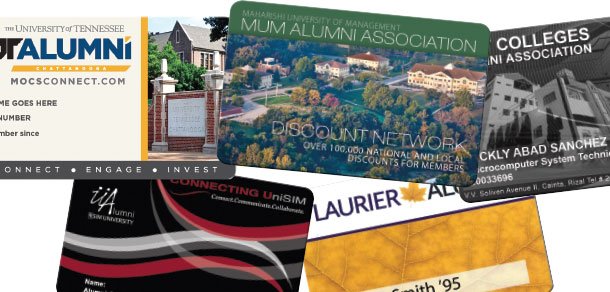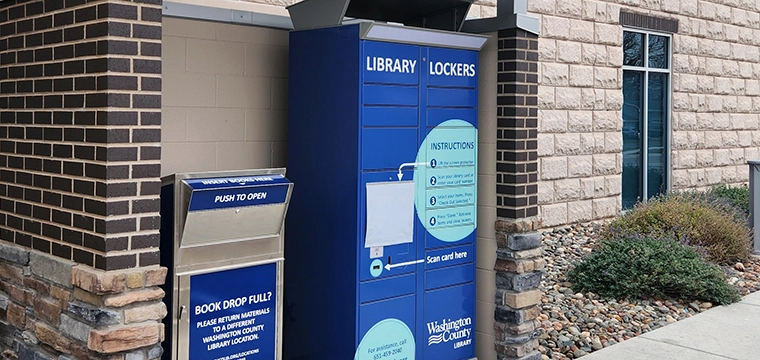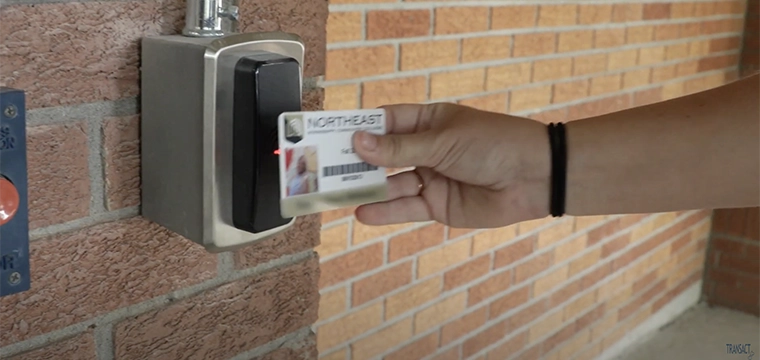
Card offices increasingly called upon to share issuance expertise
Instead of carrying a plastic card, the mobile app from Heartland Campus Solutions displays a dynamic image of the cardholder’s identification on a mobile device.
“Here at the University of Alberta, we print a cardholder’s active status on the back of the card. It could say Student, Staff, Alumni or in some cases all three,” says McNeill. “The new mobile app will allow alumni to begin reaping rewards and discounts, right after convocation without the need for a printed card.”
The university expects to launch this system in the fall of 2016.
At first blush an alumni card may not seem like a necessity, but there are a variety of services that a university can provide to graduates new and old. In particular, alumni cards are both helping to keep alumni engaged away from campus, while enabling a range of services to alumni while on campus.
“Universities issue an alumni card for a variety of reasons such as offering ongoing services like the use of campus recreation facilities, for privileges to attend sporting events, for continued discounts and in general to keep alumni engaged,” Emery explains.
[pullquote]Issuing a card helps keep alumni engaged and this has tangible benefits, from increased donations to more frequent participation in campus activities[/pullquote]
The use of campus facilities like rec centers can either be paid or included memberships. “The most common uses are rec centers, but we have also seen alumni card use for swimming pools, computer labs and athletic events,” says Emery. The cards can also control the use of facilities, enable purchases at vending machines or dining halls and facilitate discounts at off-campus merchants and retailers.
Universities have options when it comes to getting cards into alumni hands, but a common issuance challenge is that graduates tend to scatter.
“Often an institution’s alumni organization first validates alumni status and adds updated contact information in their development database,” says Emery. “The campus card office then issues the card with privileges assigned in various locations.”
Alumni cards not only carry different permission and privileges, but the design of the card can vary as well.
“It will vary from campus to campus but in general you may see slight changes such as an alumni designation on the card instead of student or a complete card design change with a different background,” says Emery. “In terms of functionality there is usually access control related restrictions and some campuses also have different rules governing funds and deposits on the alumni card for purchases.”
“Keeping alumni connected can have tangible benefits since if someone feels connected they are more likely to contribute to scholarship funds, development drives and make donations,” says Heartland’s Emery. “Additionally if memberships to recreation facilities or other areas are offered, for which an alumni card is required, quite often you will see an increase in memberships that have a monetary benefit to it.”
Another valuable aspect to issuing alumni cards is that a university can have updated information on the cardholder. Up to date contact info is great for various mailers, which can help to increase membership to alumni organizations, Emery says.
Mobile is also starting to take off a bit as campuses launch mobile card use, says Emery. “Alumni can update a virtual credential that can show their alumni status and the university may not necessarily have to issue a physical card.
Going forward, Emery sees the possibility for online payments via mobile applications. “Campuses could get a percentage back from purchases made via the alumni card, and the institution could offer discounts to alumni,” he adds. Use of campus technology facilities by alumni, such as communication equipment and labs, discounts for rental of campus facilities to alumni cardholders could all be possibilities for future growth.




